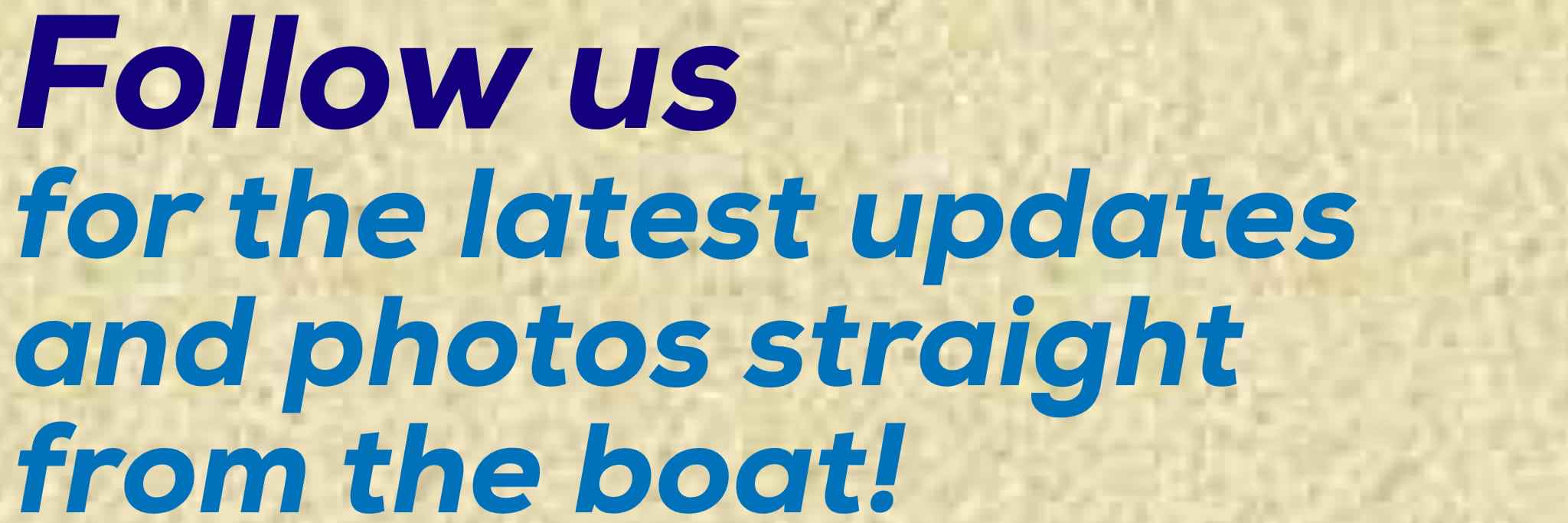Guided boat trips exploring the beautiful Gower coast and it's wildlife - the best way to experience amazing marine life and enjoy unique views of the stunning Gower peninsula.
Click/tap the links below to find out more:
TRIPS ABOUT US OUR WILDLIFE
BOOKING HOW TO FIND US FAQs
Trips
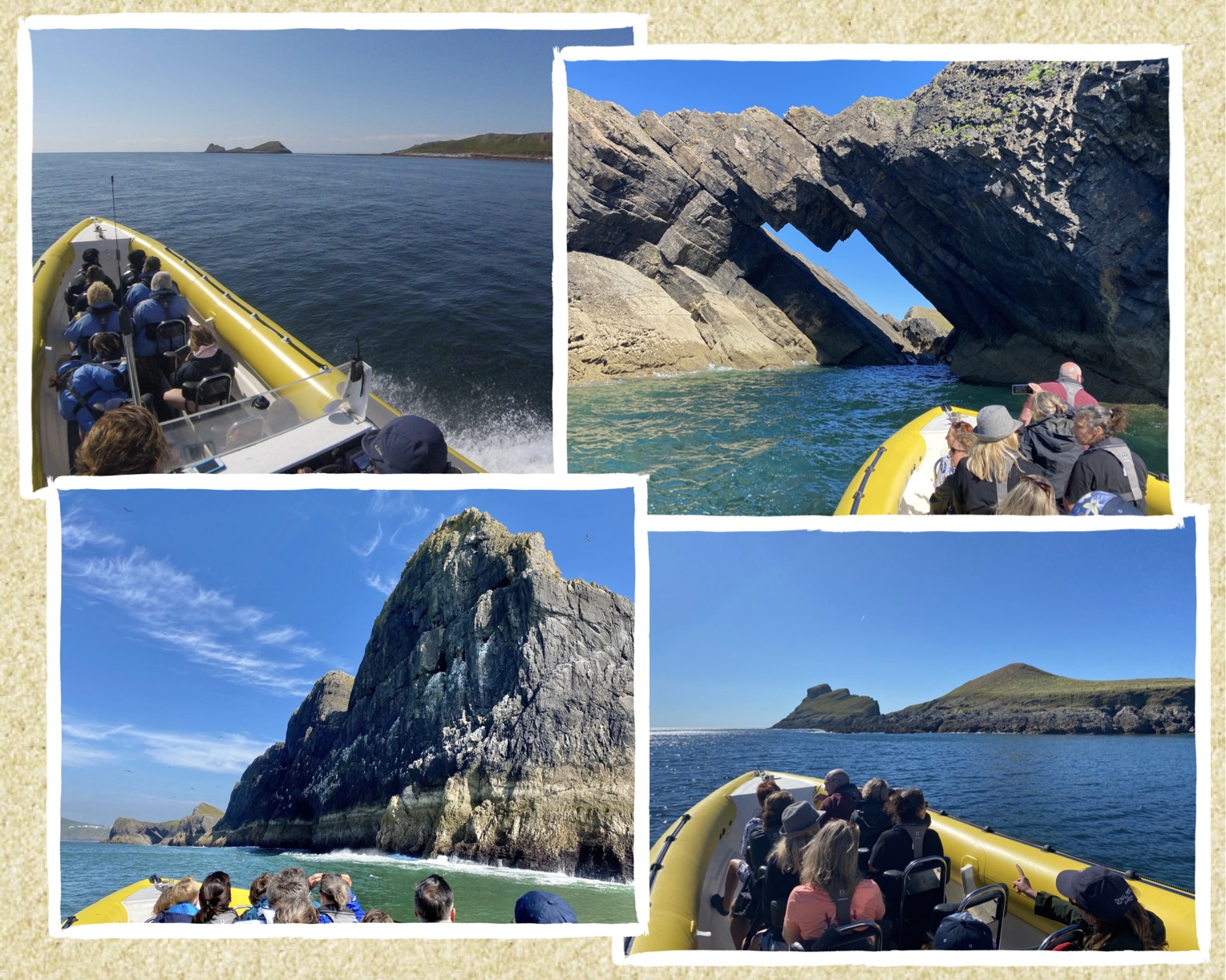
Oxwich Bay to Worms Head (and back)
Approx. 2 hours
Experience fantastic wildlife and incredible views of the beautiful south Gower coast on this 2 hour boat tour from Oxwich Bay beach to the tidal island of Worms Head at the western tip of the Gower peninsula.
£54 per adult
£30 per child (aged 3-15)
(Our trips aren’t suitable for under 3's).
Book the whole boat for up to 12 passengers for £540.
See availability and trip times here - just select how many tickets you need and the date you have in mind and you'll see our trip times and how many spaces are available.
BOOK ONLINE HERE
Advanced booking is essential.
*Our trips are weather dependent*
Read our cancellation policy here.
How to find us Frequently asked questions
Where do the trips go...
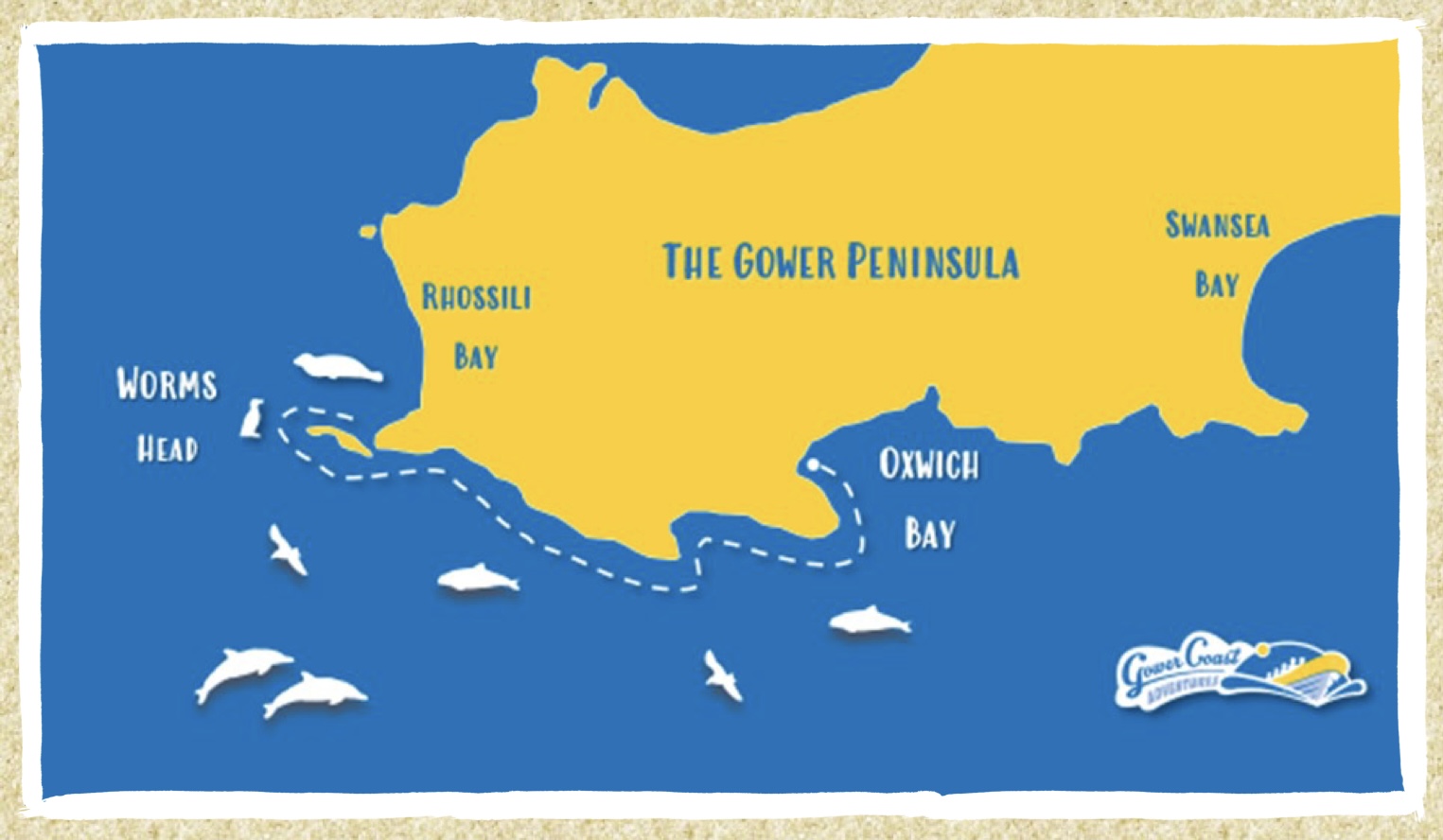
We depart from Oxwich Bay beach (wading into the sea to knee height to board the boat) and hug the coastline of the south Gower coast on the way to Worms Head, the magnificent tidal island at the end of the Gower Peninsula where we see most of our wildlife.
Listen to stories of historic caves and smugglers haunts along the way.
On the return journey, if conditions allow, we travel further out to sea in search of different sea birds and marine mammals.
What wildlife will we see...
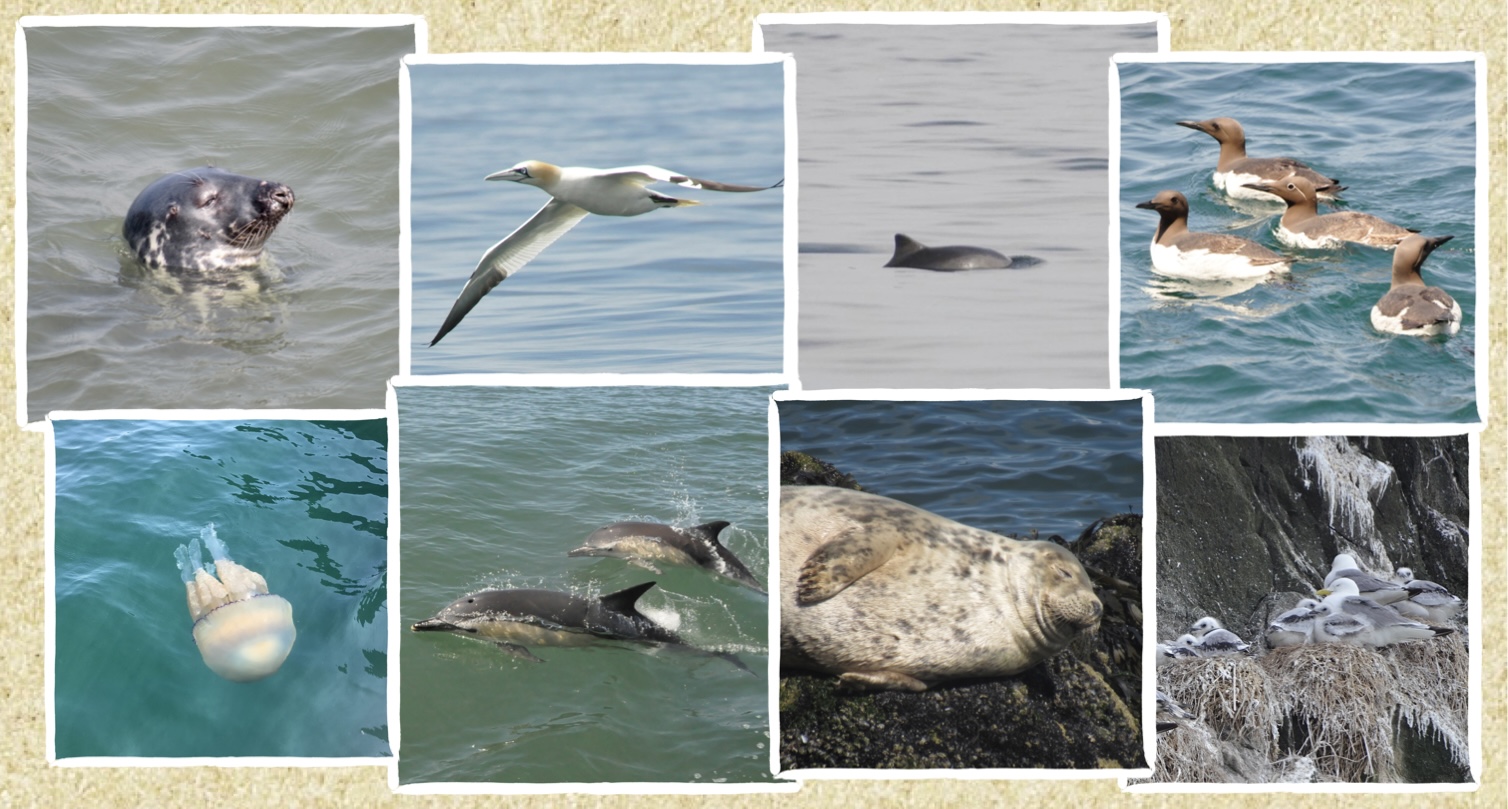
Watch seals basking on the rocks at low tide or snoozing in the water at high tide. Keep an eye out for the regularly seen harbour porpoises beneath diving gannets. At Worms Head experience the sights, sounds (and smells!) of nesting sea birds between April and July, such as kittiwakes, guillemots and razorbills. If we're lucky we sometimes encounter common dolphins in the warmer months of the year, May to September. On some trips we get to see Manx shearwaters, fulmars, and peregrine falcons.
We also see a variety of different jellyfish, occasionally sunfish and rarely even turtles!
There's more info about our marine life on our wildlife page here. Or to see our latest wildlife sightings, follow us on Facebook and Instagram.
We can't guarantee sightings of any particular species on our trips, and each trip is different depending on the time of year, the time of day and the weather conditions.
What to expect when you arrive...

There is a large car park right next to the beach at Oxwich Bay (post code: SA3 1LS). Our booking office cabin is located in the car park overlooking the beach, on the right hand side of the bay as you are looking at the sea.
There is a car parking attendant at the entrance to the car park. It is £7 for cars to park all day and £15 for medium to large vans and motorhomes.
Please sign in at our booking office at the top of Oxwich beach at least 30 mins before your trip departure time. Our friendly crew will use this time to kit up all passengers with lifejackets and to walk down to the sea- this can be a long walk down the beach for low tide trips.
Please ensure that warm clothing is worn and that every passenger has a waterproof coat with them. Footwear that can get wet is also essential as the beach is stony in some places (beach shoes, crocs, sandles, etc.). If you don't have your own, it's no problem, we have some crocs you are welcome to borrow. Flip flops are not suitable footwear as they don't stay on your feet when walking through the water.
Passengers will be lead to the waters edge by a member of crew and will walk into the sea to knee depth to board the boat. There is a step at the back of the boat at water level, which is roughly knee height. Please note, at low tide it is a much longer walk down to the sea. The skipper and crew are there to assist passengers and are more than happy to help.
What to bring / what to wear...
Essential items:
- Warm clothing - even on warm sunny days it is always colder at sea, sometimes much colder! We always advise you to bring a warm layer with you.
- Waterproof coat - everyone on board must have a waterproof coat with them. It is best to bring your own, but if you don't have one you are welcome to borrow one of ours.
- Shorts or trousers that will roll up - we wade into the sea to board our boat from Oxwich beach, you'll need to wear shorts or trousers that will roll up above the knee. The water level is usually just above knee height on the average adult.
- Shoes for getting wet - the beach is stony in some places so shoes for boarding the boat must be worn. We recommend beach shoes, crocs, or sandals. Flip flops aren't suitable footwear as they don't stay on your feet when walking through the water. If you don't have your own shoes that you are happy to get wet, we have some crocs which you are welcome to borrow.
- Sun cream, sunglasses, sun hat - on sunny days
Optional items: - Binoculars for closer views of wildlife
- Camera for capturing spectacular views of the coast and wildlife. You are more than welcome to bring phones and cameras on board. We aim to keep you as dry as possible, although sometimes sea spray is unavoidable, so it is best to bring a waterproof bag to keep cameras dry if needed. Your personal items are not covered under our insurance, so don't drop them overboard!
- Towel for drying your legs once on board

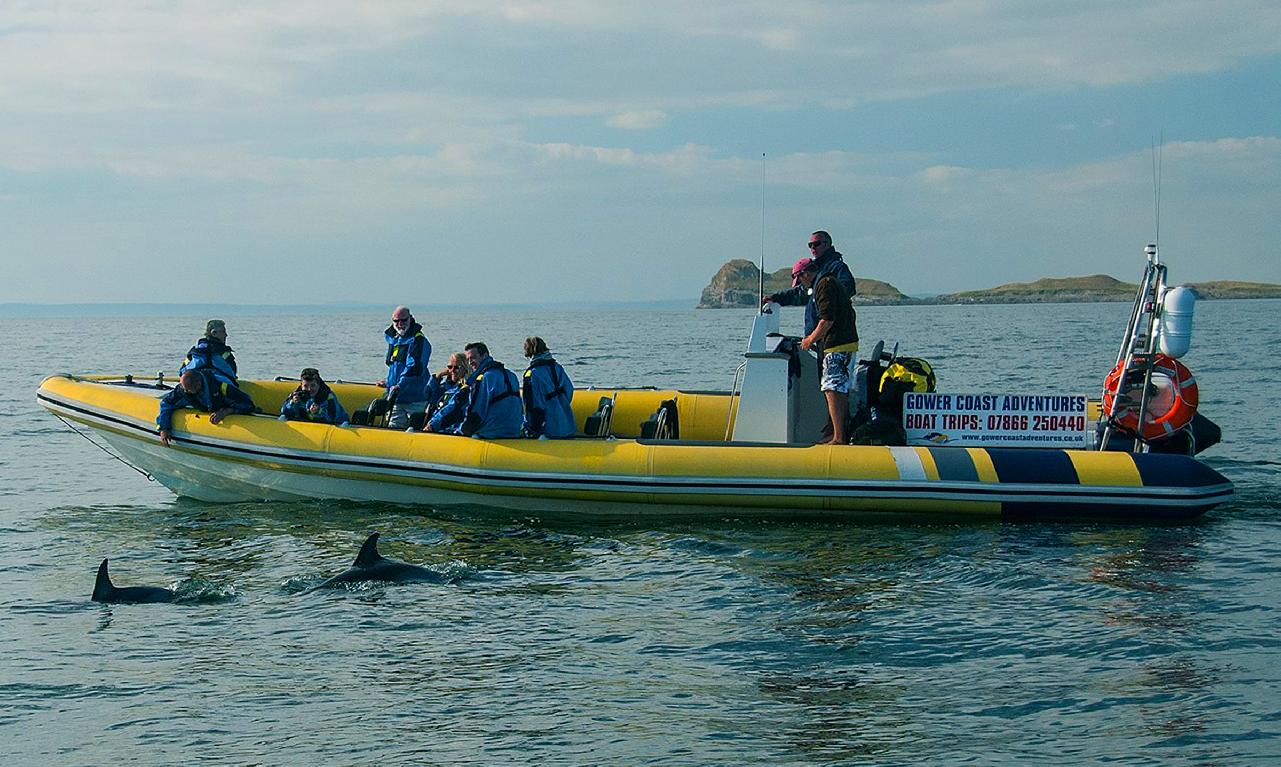
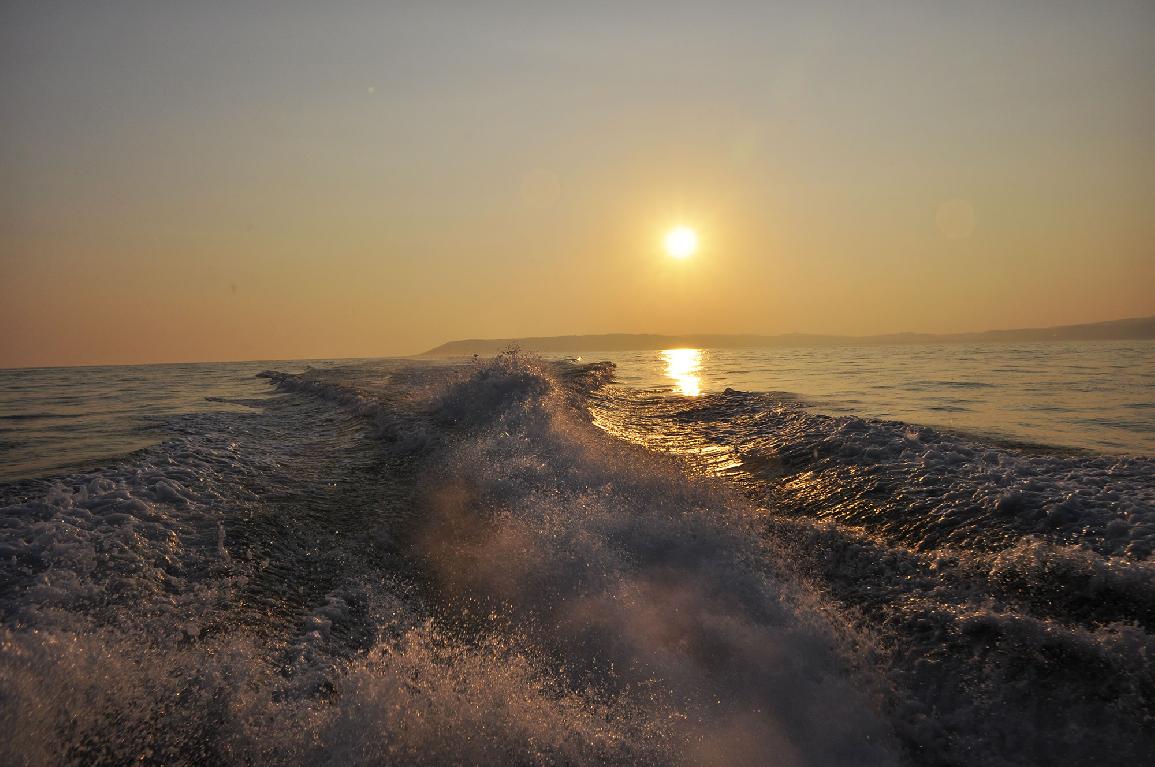
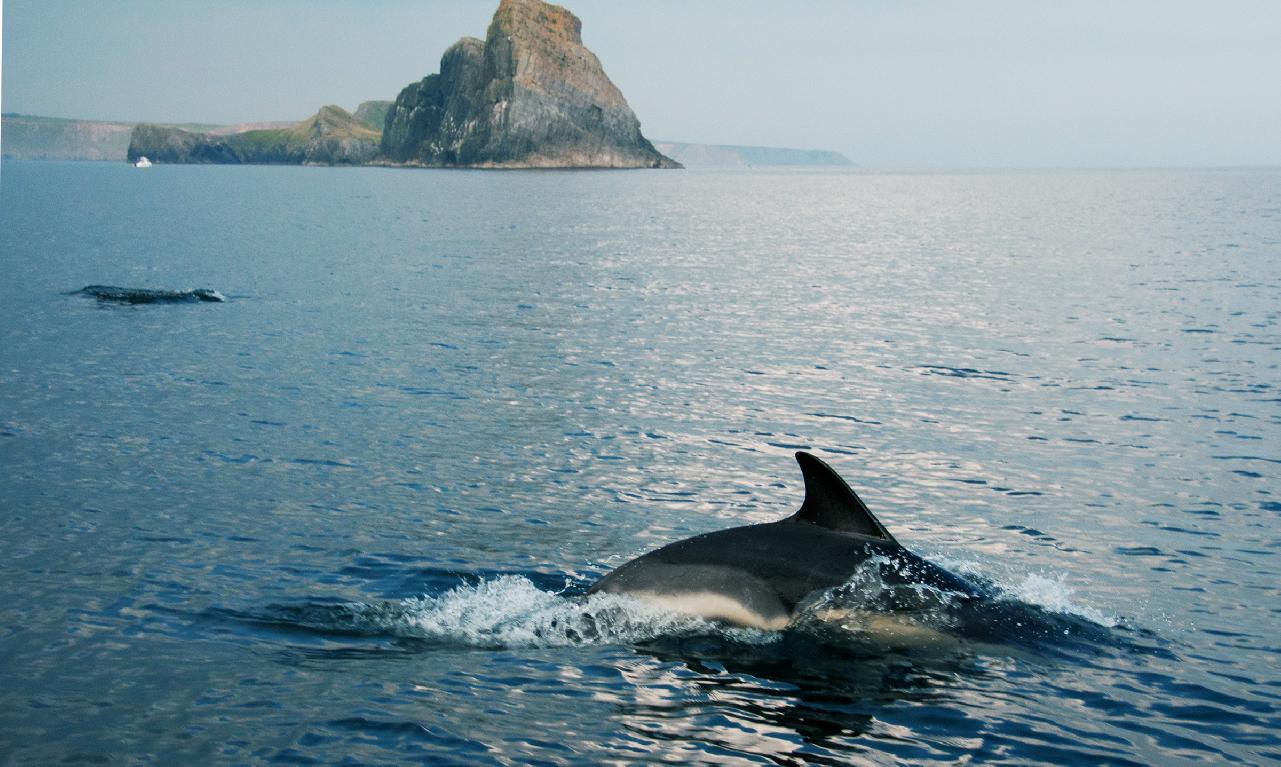



.png)
.png)
.png)
.png)
